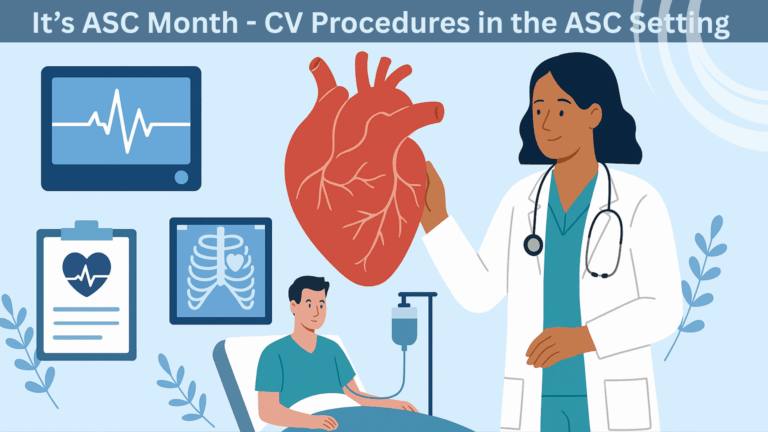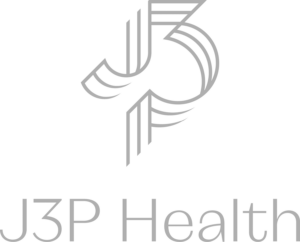At this time last year, could anyone have thought that the world would be facing a near year-long global pandemic caused by a novel coronavirus (COVID-19)? In consideration of the ongoing shortage of hospital beds in many areas across the country, now more than ever the healthcare industry as a whole needs to be mindful of unique ways in which we can safely care for various patients in the outpatient setting, saving those hospital beds for those patients requiring more advanced levels of inpatient care.
Relatedly, this brings us to the topic of Atrial Fibrillation (AF), which is the most treated cardiac arrhythmia, and a condition that places tremendous burden on the healthcare system. AF has been considered a key public health priority, given its prevalence and strong association with cardiovascular morbidity and mortality.
Just the Facts
According to the Journal of the American Heart Association, from 2007 – 2014, annual emergency room visits for AF increased 30.7% (from 411,406 visits to 537,801); hospitalizations increased 15.7% (from 288,225 to 333,570); and hospital-related charges for patients admitted with AF increased 37% (from $7.39 billion to $10.1 billion).
Further, estimates reveal that 2.3 million adults in the United States have AF and that number will increase close to 6 million by the year 2050. Most strikingly, the mortality rate in patients >65 years with an incident of AF was 19.5% within one year after AF presentation and ~50% at five years. Other complications at five years included heart failure (13.7%), stroke (7.1%), and gastrointestinal hemorrhage (5.7%).
These unfortunate statistics reveal that although AF is a cardiovascular condition, patients are oftentimes subsequently diagnosed with other conditions, so AF itself has the potential to affect both the cardiac service line and others in a hospital. Each year in the United States, more than 454,000 hospitalizations have AF as the primary diagnosis. In 2017, 166,793 patients had AF mentioned on the death certificates with 26,077 as the underlying cause of death.
One easily-implemented strategy Corazon recommends hospitals use in reducing AF-related costs is using CHADS2 scores to focus on preventing hospitalization or decreasing its length in patients with high scores. Each letter in CHADS2 represents something that may raise the patient’s chance of having a stroke [Congestive heart failure, High blood pressure, Age, Diabetes, and stroke.] A score of 0 equates to a low risk for a stroke. One point is medium risk, and two or more points are a medium to high risk for stroke, for which the physician will prescribe a blood thinner.
Hospitals that have implemented the use of CHADS2 have seen great improvement in the overall management of AF and reduced length of stay, thereby reducing the cost of care. Hospitals can also seek alternatives to the use of warfarin, or use outpatient bridging anticoagulation to facilitate earlier hospital discharge.
Even with these and other strategies, however, AF will continue to be a challenge for health systems now and into the future.

 company
company 
 (412) 364-8200
(412) 364-8200



























